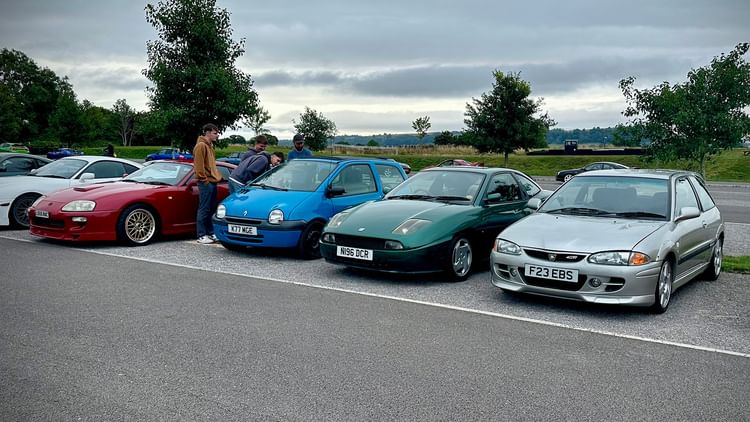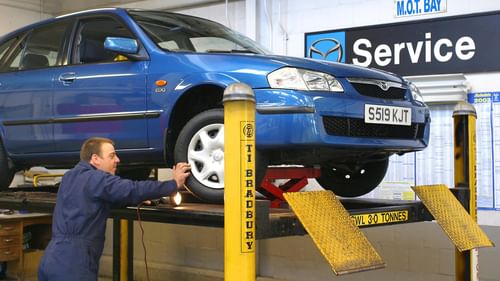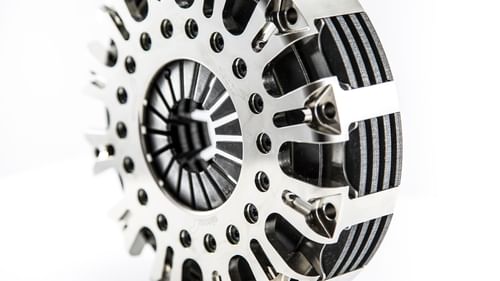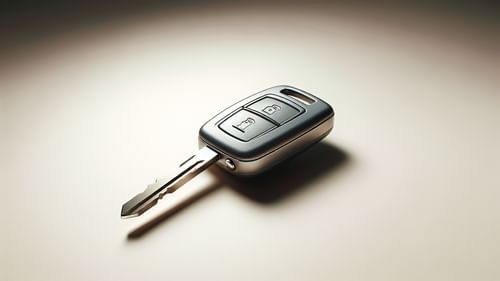Car culture and the risk factor: How passion projects can backfire financially

There’s something about classic car culture that makes it impossible to resist. You spot an unloved coupé for sale, the mind whirs, and before you know it you’re deep in a forum thread. Next, you’re calculating how many months it will take you to save for a set of original alloys. Welcome to the maddening joy of automotive passion projects, where hearts rule heads, and wallets never see it coming.
But beneath all that wrenching, waxing and wild optimism, there’s a sensible question humming in the background: what happens when your dream build turns into a money pit?
Let’s peel back the sparkly patina and get honest about the risk factor in car culture, revealing the financial traps that even the savviest Petrolblog readers can stumble into.
Why classic cars tug at our heartstrings (and purse strings)
Cars aren’t just transport, at least not to us. They’re wild engineering experiments, time capsules, even acts of rebellion against cookie-cutter SUVs and dreary MPVs. You don’t buy a Volvo 144 or a Citroën BX because it’s sensible; you buy because they have character (and possibly the world’s most satisfying metallic clack when you twiddle the window winder).
But car passion projects, from charity track day bangers to full-blown nut-and-bolt restorations, are notorious for pushing their owners to the edge of fiscal logic. In the Petrolblog Garage, dreams are built, sometimes on very rickety spreadsheets.
When passion overpowers prudence: Real-world risks
The enthusiasm for vintage cars is unlikely to fade, but every passion project should be approached with an awareness of the potential financial risks:
Inadequate insurance cover
Classic, modified or restored cars often fall outside the bounds of standard insurance policies. Basic cover may not reflect the vehicle’s value or account for modifications.
For enthusiasts in Australia, it’s worth considering providers that understand project vehicles. NRMA Insurance, for example, offers tailored options including agreed value and modification cover, helping to protect the investment you’ve poured into your build.
Overcapitalising
Buying a rare or quirky car often feels like a savvy investment, until the receipts pile up. For example, spending thousands on parts, paintwork and servicing may leave you with a car worth far less than the total outlay. The market rarely values sentiment.
Mechanical failures
Even iconic models like the Isuzu Piazza Turbo are not immune to catastrophic failure. A single major fault could render the vehicle unroadworthy – and financially unviable.
Shifting market demand
Trends change. A vehicle that draws admiration today may not retain its value tomorrow. As with any niche asset, resale potential can fluctuate rapidly.

The psychology of the money pit
Let’s face it: all project owners think they're exceptions to the rule. That tatty Peugeot 406 Coupé V6? “An easy fix!” Yeah, right. The hard truth: restoring, maintaining, or even running a unique car will almost always cost more than you think. There’s a rush in tracking down rare parts and a pride in rescuing motoring oddities, but it’s all too easy to underestimate the expenses.
Here are a few often overlooked costs to keep in mind:
Parts scarcity
That cracked rear light cluster? No longer available. You may find yourself scouring international eBay listings or specialist groups for weeks, sometimes months.
Labour
Whether you’re paying a trusted specialist or investing your own weekends, labour adds up. Time, effort and scraped knuckles all carry a cost.
Upgrades and modifications
What begins with a simple brake upgrade can quickly spiral into a full engine swap, just because the opportunity arises. It is easy to lose sight of the original scope.
Unexpected surprises
Rust hidden behind trim and decaying wiring looms can turn a routine service into a major job with a hefty price tag.
It is no surprise that articles like “I spent too long talking about my son's Proton Satria GTi and now it's a video” strike a chord. These projects are deeply personal, but emotional connection does not always align with financial reality.
The Sunk Cost Spiral
Many enthusiasts begin with a light restoration, only to find themselves deep into a long-term rebuild. At some point, the financial and emotional investment becomes difficult to walk away from, even if the project no longer makes practical sense. This is the ‘sunk cost’ trap: too committed to stop, yet unsure how to continue.
Strategies to manage passion (and financial) risk
The good news: it’s entirely possible to pursue a passion project responsibly. With a thoughtful approach, the experience can be rewarding without derailing your finances.
1. Set a realistic budget – then add a buffer
Estimate total costs honestly, including tools, parts, labour, and storage. Then add 25 percent as a contingency for the inevitable surprises. Tools like the MoneyHelper Car Costs Calculator can help you get a clearer picture of long-term running costs; helpful if you’re new to budgeting for older vehicles.
2. Focus on critical repairs first
Prioritise roadworthiness and reliability. Functional brakes, steering and suspension should take precedence over aesthetic or performance upgrades.
3. Shop smarter for parts
Engage with forums, enthusiast clubs and specialist breakers. Community connections can help you uncover better value.
4. Choose the right insurance policy
Ensure your policy matches the car’s value and spec. Consider agreed value, laid-up cover and modification inclusions. Explore policies designed specifically for classic or custom vehicles.
5. Acknowledge emotional value
Not every benefit is measurable. If the joy of restoring and driving the vehicle outweighs financial returns, that’s a valid justification, provided the costs are manageable.
Lessons from the Petrolblog Garage
Cars featured in Petrolblog’s Garage have navigated unreliable fuel gauges, discontinued trims and countless mechanical setbacks. Their experiences highlight a valuable truth: the risks are real, but so are the rewards, especially if you enter with realistic expectations and a plan.
Keep the dream alive, not the debt
A passion for unique vehicles is timeless, but sustainable enthusiasm requires balance. Whether you're planning a bare-metal rebuild or simply restoring an old favourite to daily-driver standard, remember:
- Approach the project with a structured budget and clear goals
- Protect your investment with suitable car insurance
- Stay engaged with the community for support, sourcing and advice
Above all, treat the experience as a journey. Smart planning, a flexible mindset and a touch of mechanical sympathy can keep the project (and your finances) on track.





